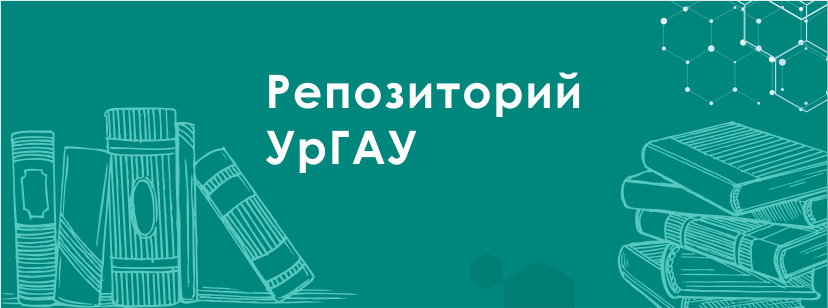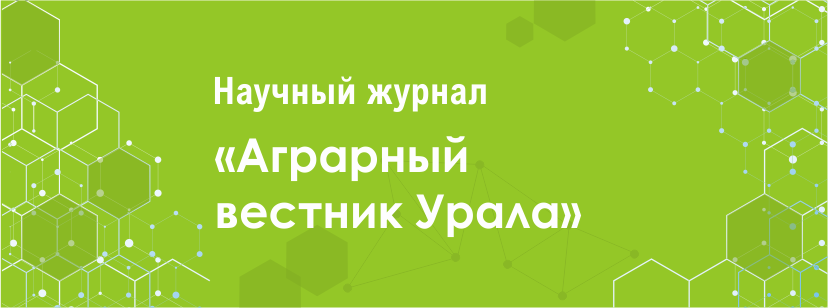N. N. Simachkova, kandidat istoricheskih nauk, dotsent Uralskogo gosudarstvennogo agrarnogo universiteta
(Ekaterinburg, Karla Libknehta, 42).
In the modern world virtually no industry priorities, in terms of innovation or backwardness. None of the industry now can not unambiguously be considered as advanced or backward, which was typical for the XIX and XX centuries. In each sector (industry) can be either ultra-modern, and backward technology. Thus, the question of the innovative breakthrough is transferred from the industry level to the enterprise level. We must learn to be better and faster in terms of healthy competition, and this is the only way to the goal in today's changing world. The situation is changing very quickly, and not everyone is ready to quickly adopt these changes. Children, disabled people, elderly people, families with low incomes – those social groups which the Government would first "try on" their future decisions. Trends of social development determines the quality of human capital and thereby the competitiveness of the country. The main condition, without which to find an adequate response to the challenges of our time, the growing uncertainty and variability of development – stimulate creativity, entrepre-neurship, continuous education. This applies both to the state and to business, and to every person. In spite of the current crisis is largely the nature of international relations, the restoration of cooperation – is inevitable. Relationships can change, but the strategic direction will remain unchanged – cooperation, partnership, and with favorable developments and the formation of the common economic space.
References
1. Voronin B. A. Sistema upravleniya selskim hozyaystvom v Rossiyskoy Federatsii: so-stoyanie, problemy sovershenstvovaniya // Upravlenets. 2010. # 1-2. S. 40-48.
2. Voronin B. A., Hannanov R. A., Hannanova T. R. Novye kontseptualnye osnovy obespecheniya ustoychivosti agrarnogo proizvodstva // Agrarnyy vestnik Urala. 2012. # 6 (98). S. 81-89.
3. Donnik I. M., Voronin B. A. Napravleniya razvitiya agrarnoy ekonomiki v sovremennoy Rossii // Agrarnyy vestnik Urala. 2015. # 11. S. 62-65.
4.Chupina I. P. Vliyanie vneshnih i vnutrennih faktorov na razvitie rossiyskoy ekonomiki // Agrarnyy vestnik Urala. 2011. # 3. S.117.
5. Chupina I. P. Institut gosudarstvennogo regulirovaniya APK v RF // Upravlenets». Izd – vo URGEU – SINH. 2012. # 1 – 2 (29 – 30). S. 18 – 23.
6.Chupina I. P. Rol gosudarstva v protsesse importozamescheniya. V sbornike: The Eleventh International Conference on Economic Sciences. 2016. S. 22 - 25.
7. Chuchkevich M.M. Setevye struktury (genezis, struktura, upravlenie): dis. kand. sotsiol. nauk. M., 2014.
8. Casson M. Networks in Economic and Business History: A Theoretical Perspective // German Historical Institute London Bulletin Supplement. 2011.











